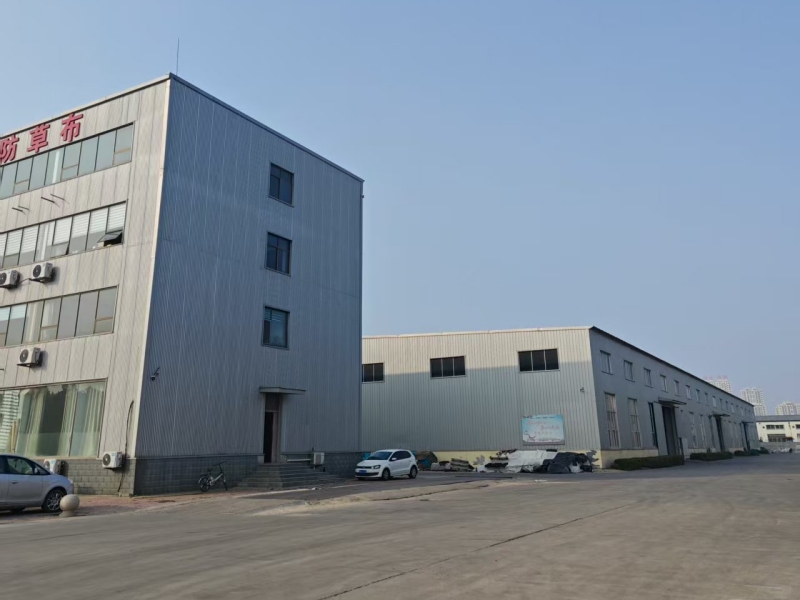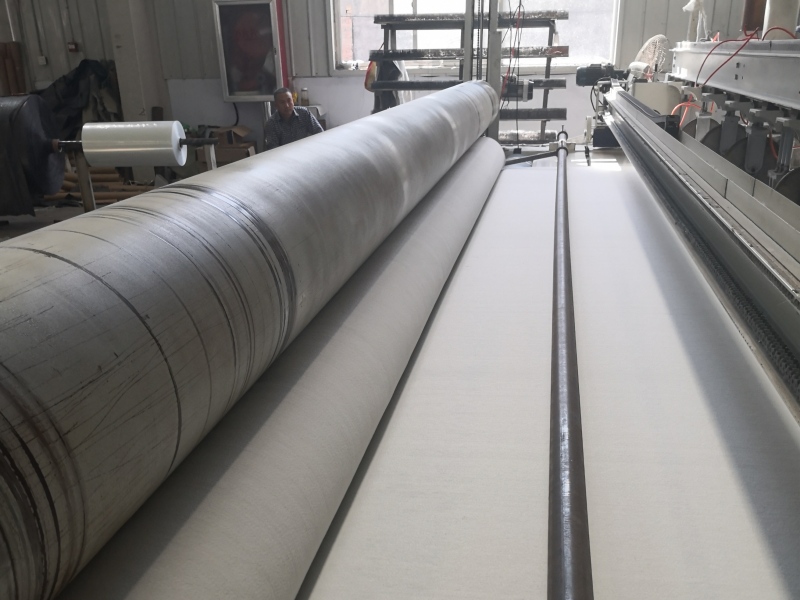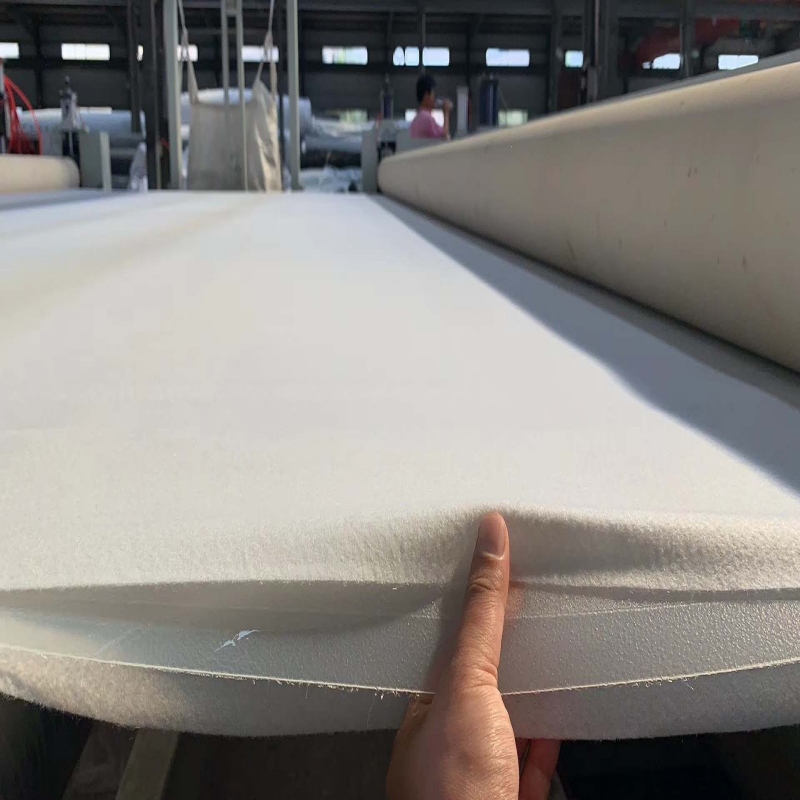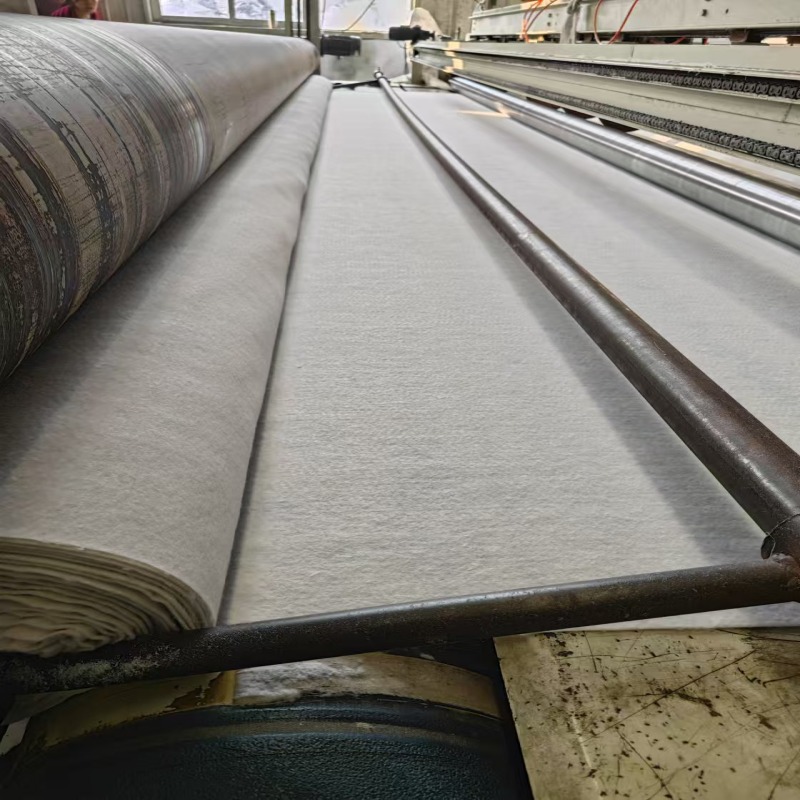Geosynthetics are synthetic materials used in civil, environmental, and geotechnical engineering to enhance soil stability, control erosion, and provide an anti-seepage barrier. Of these, geomembranes and geotextiles are the most widely used, providing waterproofing, containment, and reinforcement solutions. This guide will explore key products such as high-quality HDPE geomembrane liners and LLDPE textured geomembranes, and their applications.
Geomembranes: Anti-seepage Barriers for Containment
Geomembranes are thin, flexible sheets made from polymers such as HDPE (high-density polyethylene), LLDPE (linear low-density polyethylene), and PVC. They are designed to prevent fluid migration in a variety of projects, from landfills to aquaculture.
HDPE Geomembrane Liners:
Properties: High tensile strength (≥15 MPa), chemical resistance, and UV stability (due to a 2-3% carbon black content).
Applications: Landfill liners, mine tailings ponds, and drinking water reservoirs. For example, a 2.5 mm thick HDPE geomembrane is used for landfill bases and meets U.S. Environmental Protection Agency (EPA) Subtitle D standards.
Advantages: Long service life (over 50 years), low permeability (≤1×10⁻¹³ cm/s), and compliance with GRI GM13/ASTM standards.
LLDPE geomembrane:
Features: Excellent flexibility (elongation ≥700%) and low-temperature resistance (-70°C), making it ideal for uneven terrain.
Textured variants: LLDPE textured geomembranes feature an embossed surface (protrusion height ≥0.4 mm) to increase friction (friction angle 25-35°), thereby stabilizing slopes.
Applications: Landfill covers, aquaculture ponds (such as shrimp farms in Southeast Asia), and heap leach pads for mining.
Geotextiles: Permeable Fabrics for Filtration and Reinforcement
Geotextiles are woven or non-woven fabrics made of polyester or polypropylene, used as filters, separators, or reinforcement materials.
Non-woven Geotextiles:
Applications: Used as a drainage layer beneath HDPE geomembranes to prevent clogging, or as a cushioning mat for roadbeds (for example, 300g/m² PET geotextiles are used in highway construction).
Woven Geotextiles:
Applications: High-strength embankment stabilization layers (for example, retaining walls with a tensile strength of 80kN/m).
Composite Systems:
Geotextile-geomembrane composites: Combine filtration and seepage control functions. For example, GCL (geosynthetic clay liner) combines bentonite with geotextiles for self-healing seepage.
Key Applications of Geosynthetics
Environmental Protection:
Landfills: HDPE geomembranes (1.5-2.5 mm) prevent leachate contamination, and LLDPE liners cover slopes.
Wastewater Ponds: Textured LLDPE liners resist chemical corrosion in industrial wastewater ponds.
Water Resource Management:
Aquaculture: Smooth LLDPE geomembranes (0.5-1.0 mm) ensure a non-toxic seal in fish ponds.
Reservoirs: HDPE liners (1.0 mm) paired with geotextile backings reduce seepage in arid regions.
Mining and Energy:
Tailing Ponds: Double-layer textured HDPE liners (2.0 mm) stabilize steep slopes in copper mines.
Oil and Gas: Conductive HDPE liners (surface resistivity <10⁵Ω) detect hydrocarbon leaks.
Infrastructure:
Tunnels: HDPE geomembranes can be used for waterproofing subway systems (e.g., 500 micron liners in subway projects).
Roads: Geotextiles can isolate the roadbed and prevent soil mixing.
Choosing the Right Geosynthetics
Slope Stability: Choose a textured geomembrane with a high coefficient of friction (e.g., GMST-type LLDPE).
Chemical Resistance: HDPE liners are resistant to acids and alkalis (pH 1-14).
Required Flexibility: LLDPE liners are suitable for areas prone to settlement (e.g., seismic zones).
Global Standards and Innovation
Certifications: ISO 9001, GRI-GM13, and ASTM D4439 ensure quality.
Smart Liners: Some HDPE geomembranes now have integrated sensors for real-time leak detection.
From high-quality HDPE geomembrane liners for landfills to textured LLDPE geomembranes for slopes, geosynthetics have revolutionized modern engineering. Partner with a certified supplier, such as BPM Geosynthetics, to customize a solution to your project needs.





